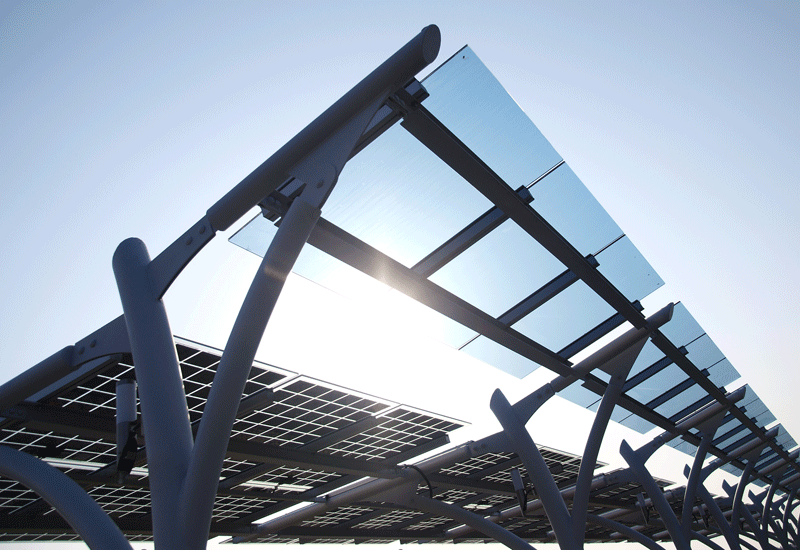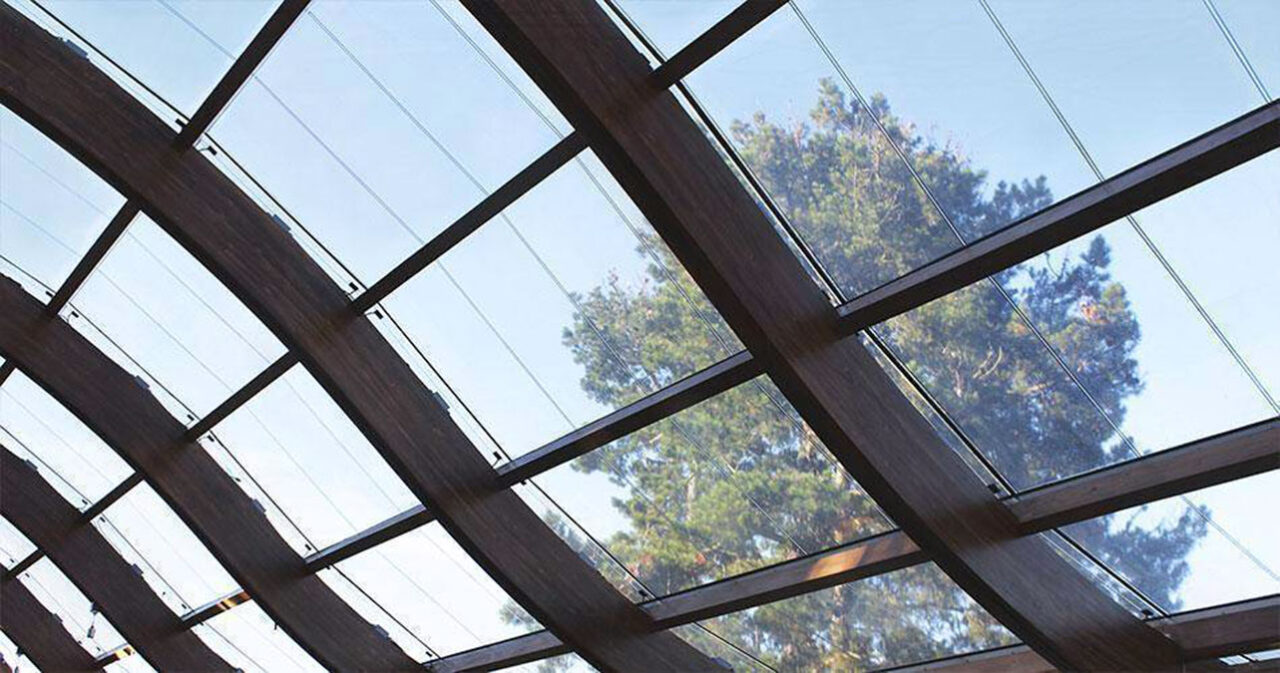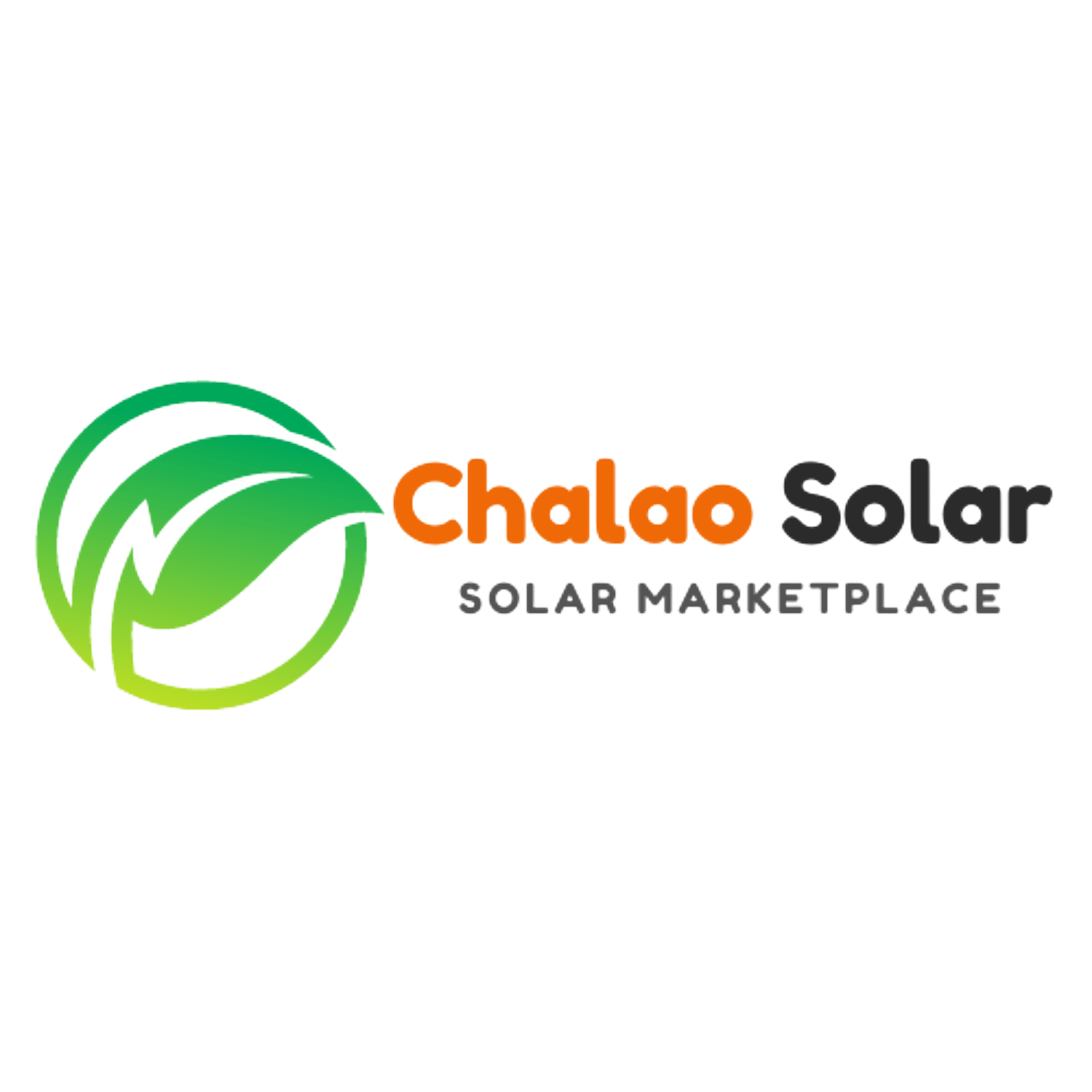Discover the groundbreaking innovation of highly transparent solar cells that can generate power 1000 times more efficiently.

Explore the science behind this technology and its potential impact on renewable energy. Learn about the advantages, FAQs, and future prospects of these transparent solar cells.
Introduction: A Revolutionary Leap in Solar Technology
The world of solar energy has witnessed a groundbreaking breakthrough with the emergence of highly transparent cells. These innovative photovoltaic cells have the remarkable ability to generate power 1000 times more efficiently than traditional solar cells.

This article dives into the fascinating realm of transparent cells, exploring their scientific principles, advantages, and potential implications for the renewable energy landscape.
The Science Behind Highly Transparent Solar Cells
This harnesses cutting-edge technology that allows them to convert sunlight into electrical energy while maintaining a high level of transparency.

Unlike conventional solar cells, which are opaque and obstruct the passage of light, these cells are designed to be virtually see-through, making them suitable for a wide range of applications in windows, displays, and other transparent surfaces.
How Does It Work?
These cells utilize a specialized material known as transparent conductive oxide (TCO) that possesses both excellent electrical conductivity and transparency. TCOs, such as indium tin oxide (ITO), allow light to pass through the material while also facilitating the flow of electric current.

This unique combination enables the solar cells to absorb sunlight and generate electricity, all while remaining highly transparent.
Advantages

Enhanced Aesthetics:
Highly transparent solar cells offer an aesthetically pleasing alternative to traditional opaque solar panels, seamlessly blending with architectural designs and providing an unobstructed view.
Versatile Applications:
The nature of these solar cells opens up a myriad of applications, including windows in buildings, vehicle windshields, and even smartphone screens, where they can generate electricity without compromising functionality.
Improved Efficiency:
The efficiency of transparent cells has surpassed conventional solar technology by a significant margin, allowing for more power generation per unit area and maximizing the utilization of available sunlight.
Energy Harvesting Potential:
These cells can harvest solar energy from both direct sunlight and diffused light, making them suitable for various environments and geographical locations.
Sustainability:
By harnessing solar energy through transparent solar cells, the reliance on fossil fuels can be reduced, contributing to a greener and more sustainable future.
Challenges and Future Prospects

While highly transparent cells present a promising solution for renewable energy generation, there are still challenges to overcome. The current efficiency levels of transparent cells are lower than traditional solar panels, making further research and development necessary to improve their performance.
Additionally, scalability and cost-effectiveness are areas that require attention to make this technology more accessible for widespread adoption.

However, researchers and scientists around the world are actively working towards advancements in transparent solar cell technology. With continued innovation and refinement, it is anticipated that highly transparent solar cells will become increasingly efficient, affordable, and integrated into various aspects of our daily lives.
FAQs
1. How are highly transparent cells different from traditional solar panels?
These cells differ from traditional solar panels primarily in their ability to maintain transparency while generating electricity. Unlike opaque solar panels, which obstruct light, these cells can be integrated into transparent surfaces without hindering visibility.
2. Can these solar cells generate electricity in low-light conditions?
Yes, these cells can generate electricity in low-light conditions as they have the capability to capture diffused light in addition to direct sunlight. This makes them suitable for applications where sunlight intensity may vary throughout the day
Certainly! Apologies for the oversight. Here’s the continuation of the article:
3. Are these solar cells as efficient as traditional solar panels?
Currently, solar cells have lower efficiency levels compared to traditional solar panels. However, ongoing research and development efforts aim to improve their efficiency and bridge this gap. Despite their lower efficiency, the unique advantage of transparency makes them a viable option for specific applications where aesthetics and functionality are crucial.
4. Can highly transparent cells be used in residential and commercial buildings?
Yes, highly transparent cells hold great potential for integration into residential and commercial buildings. With their ability to replace conventional windows or be incorporated into building facades, these solar cells can generate electricity while maintaining the transparency required for natural lighting. This opens up exciting possibilities for energy-efficient buildings that generate renewable power.
5. What is the expected lifespan of highly transparent cells?
The lifespan is comparable to that of traditional solar panels, typically ranging from 20 to 25 years or even longer with proper maintenance. Manufacturers are continuously improving the durability and longevity of these solar cells to ensure their reliability over an extended period.
6. Are highly transparent cells expensive?
Currently, the cost of solar cells is higher compared to traditional solar panels due to the advanced materials and manufacturing processes involved. However, as technology advances and economies of scale come into play, it is expected that the cost will decrease over time, making them more affordable and accessible.
Conclusion: A Promising Future for Transparent Solar Cells
The development of highly transparent solar cells represents a significant leap forward in solar technology. These remarkable devices can generate power 1000 times more efficiently while maintaining transparency, revolutionizing the integration of solar energy into our daily lives.
With their enhanced aesthetics, versatile applications, and potential for sustainable energy harvesting, it hold immense promise for a greener future. While challenges remain in terms of efficiency, scalability, and cost-effectiveness, ongoing research and development efforts are addressing these issues.
As the technology continues to mature, we can anticipate more efficient and cost-effective solar cells that will pave the way for widespread adoption in various sectors, including architecture, automotive, and consumer electronics.
The “Highly transparent solar cells found to generate power 1000x more efficiently” are undoubtedly a game-changer in the renewable energy landscape. Their innovative design and functionality offer a unique combination of power generation and transparency, creating endless possibilities for a sustainable future.




